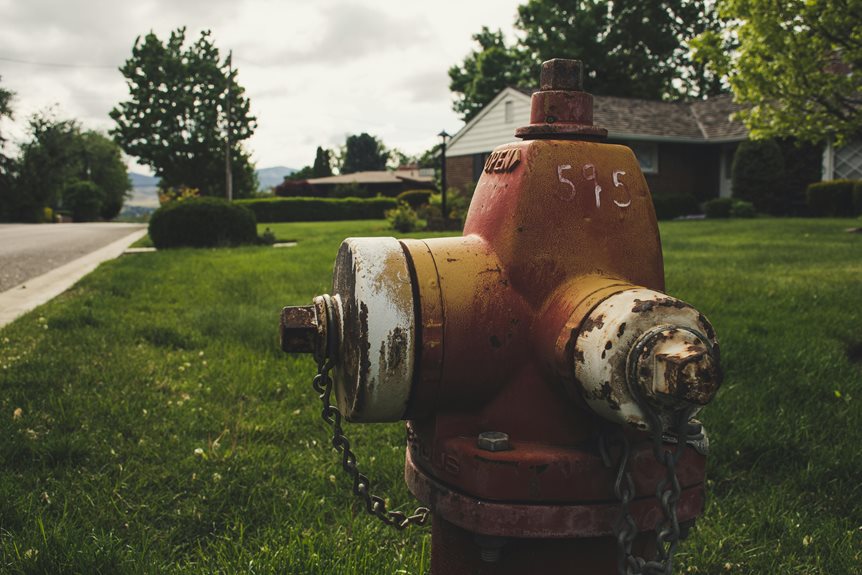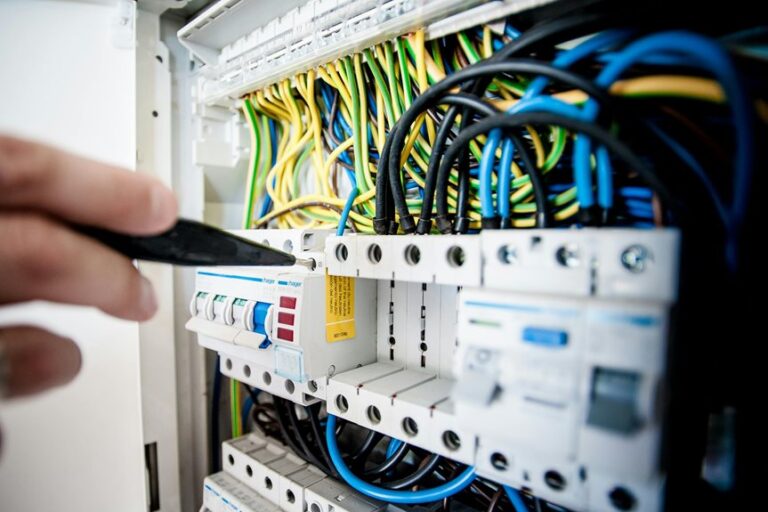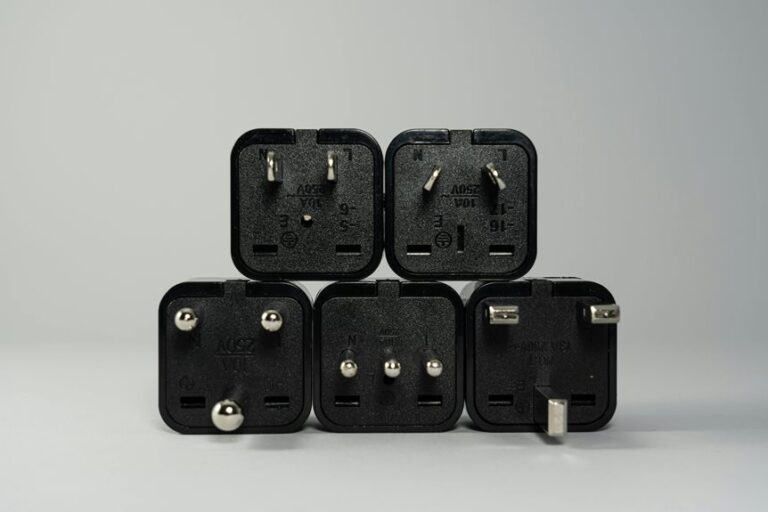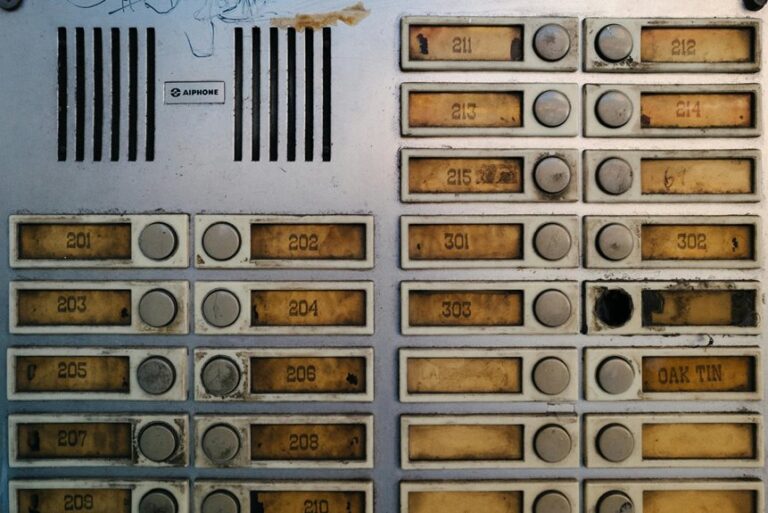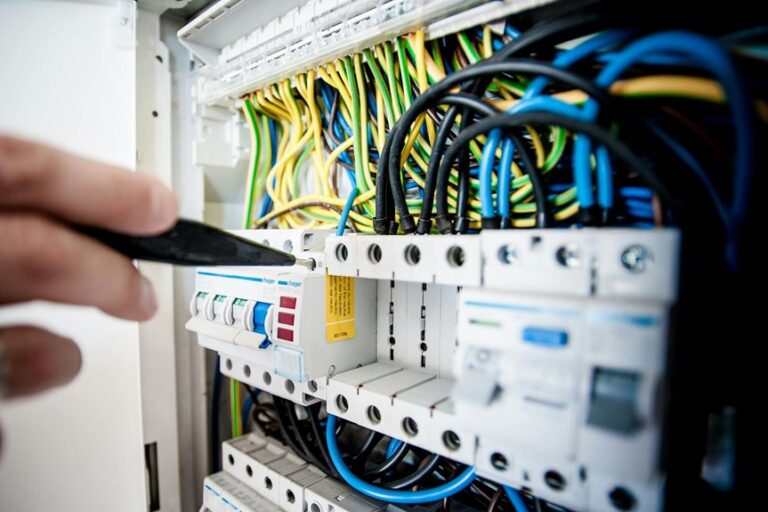In an electrical emergency, your immediate actions can greatly impact safety and outcomes. You need to assess your surroundings, make sure everyone is safe, and cut off the power supply if possible. Communicating clearly with emergency services is crucial for an effective response. While it's important to have emergency supplies ready, understanding specific procedures for various scenarios—like electrical fires or shock hazards—can make a critical difference. So, how do you prepare for the unexpected and make certain you're ready when seconds count?
Understanding Electrical Hazards
Electrical hazards pose significant risks in both residential and industrial environments, making it vital for you to understand their nature. These hazards include electric shock, arc flash, and equipment failure, all of which can result in severe injuries or fatalities.
Electric shock occurs when the body becomes part of the electrical circuit, risking burns or cardiac arrest. It's important to recognize that even low-voltage systems can be dangerous under certain conditions.
Arc flash incidents arise from a fault in the electrical system, releasing high levels of energy and causing intense heat and pressure waves. This can lead to severe burns and other injuries.
Additionally, equipment failure can stem from poor maintenance or improper use, leading to electrical fires or equipment malfunction.
To mitigate these risks, always use appropriate personal protective equipment (PPE) and follow established safety protocols. Confirm that all electrical installations comply with local codes and standards.
Regular training and drills on electrical safety can enhance your preparedness. Understanding these hazards empowers you to make informed decisions, helping you maintain a safer environment for yourself and others around you.
Preparing for Emergencies
When facing a potential electrical emergency, preparedness can make all the difference. Start by familiarizing yourself with your building's electrical system. Know the location of the main circuit breaker and how to shut it off quickly if needed.
It's essential to have an emergency plan in place that includes a designated safe area away from electrical hazards.
Next, gather vital emergency supplies. Equip yourself with a flashlight, a first-aid kit, and a multi-tool. Verify that your mobile devices are charged, and keep a portable charger handy.
Establish communication protocols with family or coworkers, so everyone knows how to reach each other during an emergency.
Regularly inspect electrical equipment and cords for damage. Replace any frayed wires or malfunctioning devices immediately.
Don't forget to review safety procedures frequently, confirming everyone understands the protocols.
Finally, consider attending a safety training course focused on electrical emergencies. This education can enhance your response skills and increase your confidence when facing unforeseen situations.
Being well-prepared not only protects you but also helps guarantee the safety of those around you. Additionally, knowing how to find qualified electricians can be crucial for timely assistance during emergencies. Stay vigilant, stay informed, and always prioritize safety.
Responding to Power Outages
When a power outage occurs, your first step should be to guarantee your safety and that of others around you.
Check for any immediate hazards, like downed power lines, and gather essential emergency supplies to remain prepared.
Staying calm and organized will help you effectively manage the situation until power is restored.
Safety First Steps
In the event of a power outage, your immediate response is essential for guaranteeing safety. First, assess your surroundings. Make sure you're in a safe location, away from any electrical hazards. If you're in an area with potential dangers, like near downed power lines, stay clear and report them immediately.
Next, you should follow these steps:
- Check your circuit breakers: Inspect the main panel for any tripped breakers. Reset them only if you're sure the power outage isn't widespread.
- Avoid using candles: Instead, utilize flashlights or battery-operated lights to avoid fire hazards. Confirm you have fresh batteries available.
- Unplug sensitive electronics: Disconnect devices that could be damaged by power surges when the electricity returns. This includes computers, TVs, and appliances.
Finally, stay informed by keeping a battery-powered radio handy, or use your smartphone to monitor local news and updates.
Essential Emergency Supplies
A well-stocked emergency supply kit is essential for effectively responding to power outages. Start with a reliable flashlight and extra batteries to maintain visibility during dark conditions. Include a battery-powered or hand-crank radio for weather updates and emergency announcements, making sure you stay informed.
Next, stock non-perishable food items, such as canned goods and energy bars, along with a manual can opener. Keep enough water to sustain you and your family, aiming for at least one gallon per person per day for at least three days.
Don't forget a first-aid kit; it should contain basic medical supplies, including bandages, antiseptics, and any necessary prescription medications. Consider adding a multi-tool or Swiss Army knife for various needs, and include blankets or sleeping bags for warmth if the outage extends over several hours.
If you have pets, make certain you have food and supplies for them as well. Finally, remember to include a list of emergency contacts and important documents in your kit.
Regularly check and update your supplies to make sure you're prepared for any situation that arises during a power outage.
Handling Electrical Fires
When you encounter an electrical fire, your immediate response is essential for safety.
Quickly assess the situation and determine whether it's safe to attempt extinguishing the fire or if you need to evacuate.
Knowing the appropriate fire extinguishing methods can make a significant difference in controlling the blaze effectively.
Immediate Response Actions
Electrical fires require immediate action to ascertain safety and minimize damage. Your first step is to assess the situation quickly.
If you're in a safe position, take the following immediate response actions:
- Cut the Power: If it's safe to do so, turn off the electrical supply at the circuit breaker. Cutting the power can prevent further escalation of the fire.
- Evacuate the Area: Confirm everyone is aware of the fire. Evacuate the premises calmly and swiftly. Don't waste time gathering belongings; prioritize safety.
- Call Emergency Services: Once you're in a safe location, call emergency services. Provide them with clear details about the situation, including the type of fire and any potential hazards.
Fire Extinguishing Methods
Fire extinguishing methods for electrical fires require specific techniques to ascertain safety and effectiveness.
First, you must ascertain that the power source is disconnected if it's safe to do so. Never use water to extinguish an electrical fire; water conducts electricity and can worsen the situation. Instead, utilize a Class C fire extinguisher, which is specifically designed for electrical fires.
If a Class C extinguisher isn't available, you can use a Class B extinguisher, as it's effective against flammable liquids and can also handle electrical hazards. When using an extinguisher, maintain a safe distance while aiming at the base of the fire.
If the fire is small and manageable, you can also consider using baking soda or a fire blanket to smother the flames.
However, never attempt to fight a fire that's spreading rapidly or beyond your control. Evacuate the area immediately and call emergency services. Always prioritize your safety and the safety of others over property.
After the event, have a qualified electrician assess the situation to prevent future incidents.
Addressing Shock Hazards
Addressing shock hazards effectively requires a thorough understanding of potential risks and appropriate safety measures.
Electric shock can lead to serious injuries or fatalities, so it's essential to recognize the dangers and act decisively.
Here are three key safety measures you should always follow:
- De-energize equipment: Before performing any maintenance or inspection, verify that the equipment is fully powered down and locked out. This minimizes any risk of accidental shock.
- Use personal protective equipment (PPE): Equip yourself with insulated gloves, rubber-soled shoes, and safety goggles. These items provide a crucial barrier against electrical currents and help reduce injury severity.
- Maintain a safe distance: Stay at least three feet away from exposed wires and energized parts. This buffer zone can greatly decrease your chances of encountering a shock hazard.
Aftermath and Recovery Steps
Experiencing an electrical emergency can be overwhelming, but knowing the proper steps for aftermath and recovery can greatly improve safety and minimize damage. First, verify the area is safe before proceeding. Disconnect power at the circuit breaker or main switch to prevent further hazards. If there are any injuries, call emergency services immediately.
Next, assess the damage. Inspect the electrical system for compromised wiring or devices. Document everything for insurance claims, including photos and detailed notes. Avoid using damaged electrical equipment until it's inspected and deemed safe by a qualified professional. Remember, it's crucial to contact top electricians who can provide expert assistance in these situations.
Here's a quick reference table for your recovery process:
| Step | Action |
|---|---|
| 1. Verify Safety | Disconnect power and check for hazards |
| 2. Assess Damage | Inspect wiring and devices |
| 3. Call for Help | Contact emergency services if necessary |
| 4. Document Evidence | Take photos and notes for insurance |
| 5. Consult Professionals | Hire a licensed electrician for repairs |
Following these steps can help you recover efficiently while verifying safety remains a priority. Always prioritize caution and consult professionals when in doubt.
Conclusion
In an electrical emergency, think of yourself as a ship captain steering through a storm. You must stay calm, assess your surroundings, and guarantee your crew is safe. Just as a captain would cut the engine to avoid disaster, you should shut off the power if it's safe. Remember, preparation is key. Keep your emergency supplies accessible, and always communicate clearly. By following these procedures, you can guide yourself and others to safety and minimize risks during electrical incidents.

